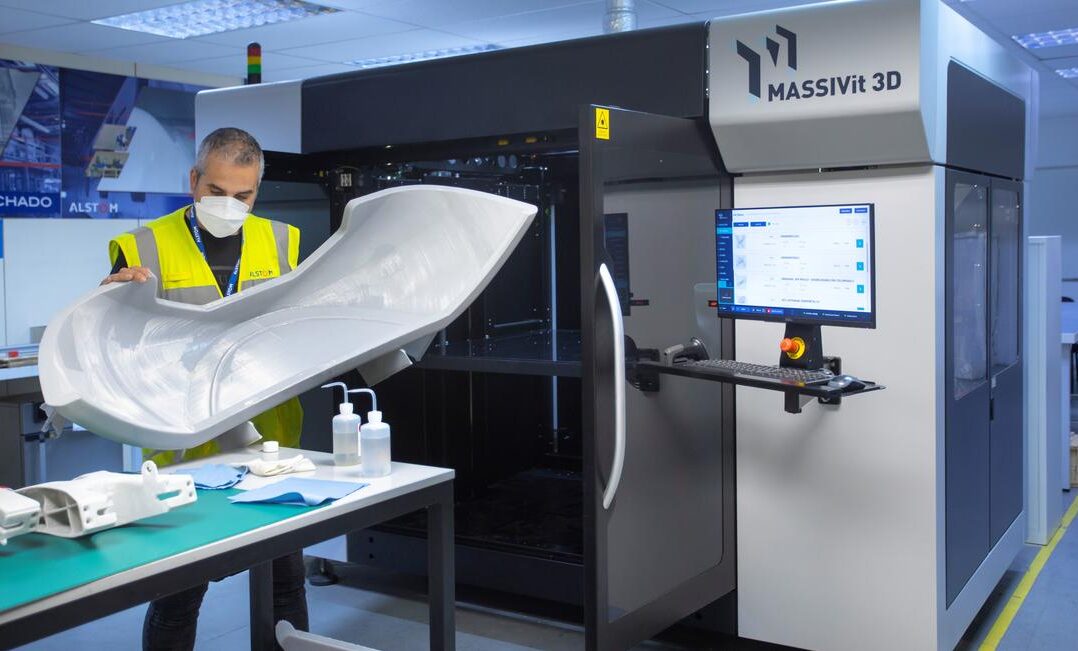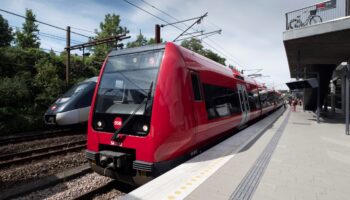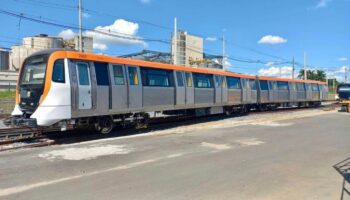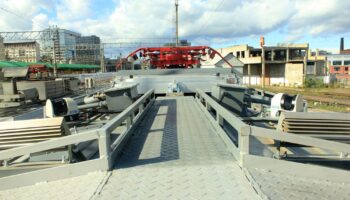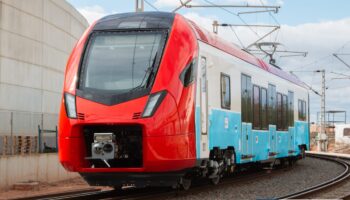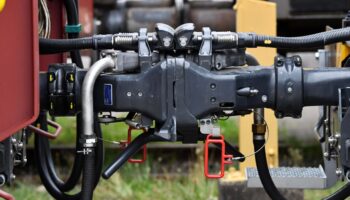The company recently announced that it had produced its 150,000th 3D-printed part. In a column on the Alstom’s website, Aurelien Fussel, head of additive manufacturing, who has been leading development in this field for eight years, talked about the possibilities and prospects of 3D printing.
Having started harnessing 3D printing in 2016 with simple polymer parts, Alstom now prints almost 40,000 components a year, using three groups of materials: polymers (around 20 types), ceramics, and metals such as aluminium, titanium, high-performance, and stainless steel.
Alstom explains that 3D printing can be used to produce up to 20% of train components, from simple battery locks and connectors to the front end of a head car. Aurelien Fussel cites a headlamp case for a new high-speed train in France, a flexible air-conditioning part for a metro project in Spain, and a steel cover for a bogie in the Nordics.
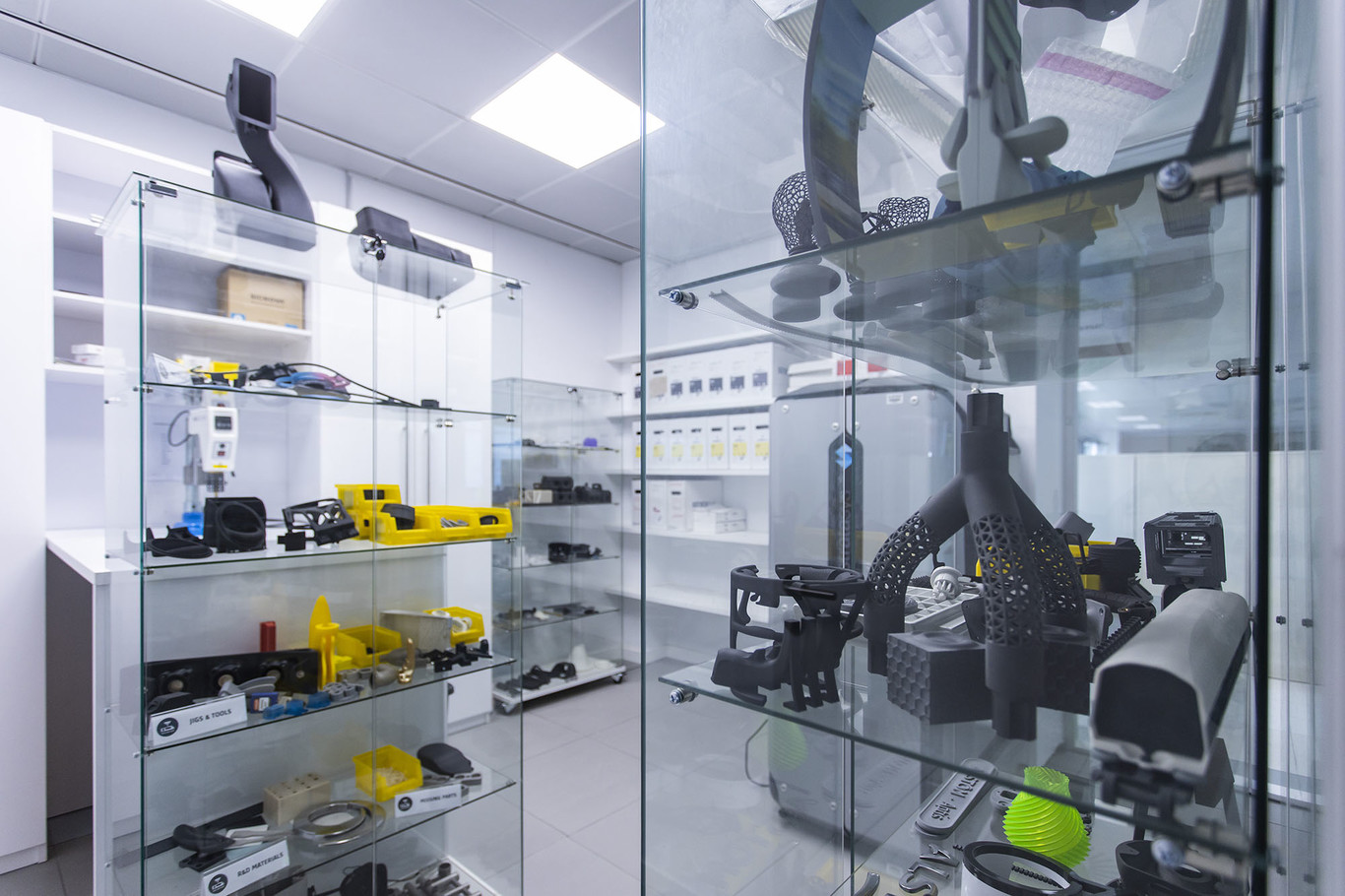 3D-printed components made at Alstom’s Santa Perpetua de Mogoda plant near Barcelona. Source: Alstom
3D-printed components made at Alstom’s Santa Perpetua de Mogoda plant near Barcelona. Source: Alstom
According to Fussel, the benefits of 3D printing are fourfold. Shorter lead times, no minimum order quantities, less storage space required, and a significant reduction in energy costs.
The production of parts using traditional technologies can only be economically viable when volumes are significant. Alstom estimates that the break-even point for metal and plastic is around 200 and 2,000 parts respectively. With 3D printing, a required component can be produced in a single original, which is particularly important for spare parts.
Fussel points out that if a required part can be ordered quickly, the need for storage space is drastically reduced. 3D printing makes it possible to move to on-demand parts, eliminating the need for large warehouses that can store a range of necessary parts for years. A manufacturer simply sends digital twin files to 3D printing centres in any corner of the world and produces the required components as close to the customer as possible. Customers pay less and receive completed orders faster, while local manufacturing develops.
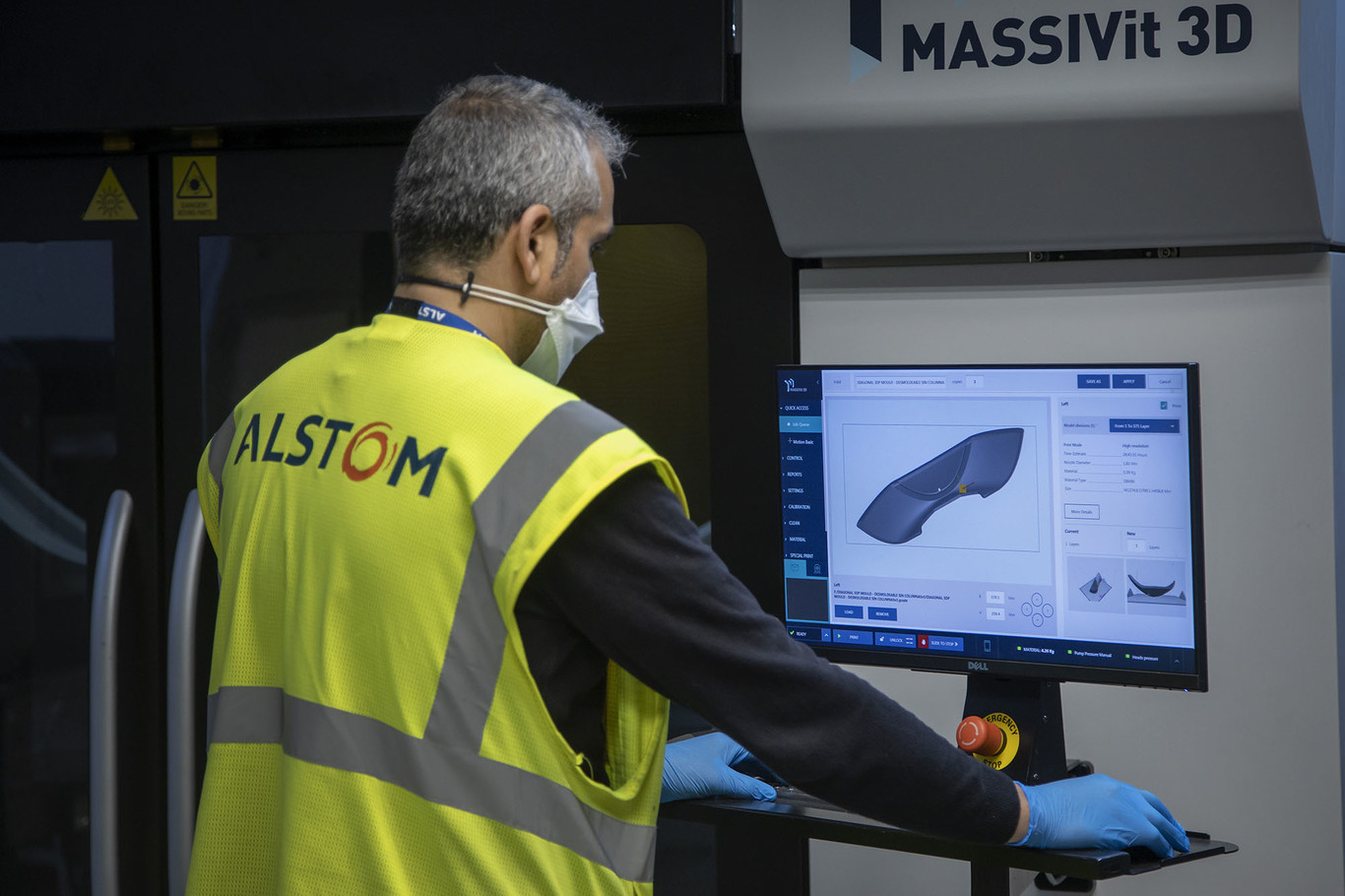 Preparing for 3D printing. Source: Alstom
Preparing for 3D printing. Source: Alstom
Alstom currently has ten additive manufacturing centres around the world: in Canadian Saint-Bruno, Spanish Barcelona, Italian Sesto San Giovanni, Indian Bangalore, French Valenciennes and Tarbes, German Hennigsdorf and Salzgitter, Turkish Istanbul, and Singapore. These centres are equipped with 150 3D printing machines. When it is necessary to print several thousand parts or more, the company works with subcontractors. In the near future, Alstom plans to begin printing extra-large parts using dedicated robots. After starting to use 3D Spark optimisation software last year, the company saved more than €5 mln in 2023.
Other rolling stock manufacturers are also actively implementing additive technologies. While Wabtec is setting up centres in Europe and India, Siemens is doing the same in the USA. Rail operators are also mastering the use of 3D printing in the production of spare parts. The service unit of Austrian OBB independently produces parts that are unprofitable to buy because they are needed in small quantities. The German national operator Deutsche Bahn has created more than a thousand digital twins of components, with an output exceeding 100,000 pieces.





